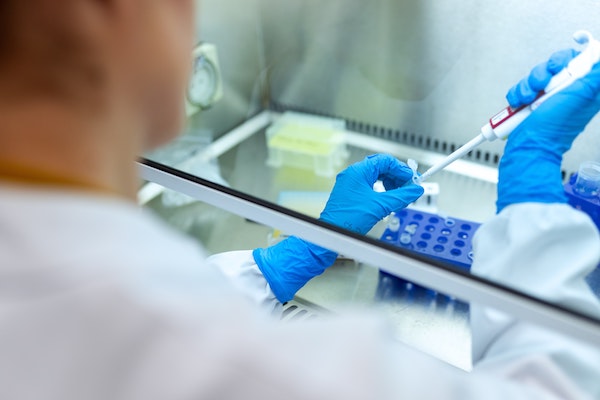Looking for actionable ways to improve productivity in your lab? We spoke with 5 librarians who work closely with scientists and research students in their institution, providing them with resources, ideas and tools to help them achieve their productivity goals. Here are their top tips:
1. Optimize time spent on information-seeking: Whether you’re launching a new research project or examining the data you’ve collected, identifying previous literature relevant to your work is a crucial first step. Optimizing the time spent on information-seeking, therefore, can be key to improving lab productivity. Your institution’s librarian can help ensure that the search process is as efficient as possible for researchers in your lab, by providing undergraduate research assistants, graduate students and postdocs with the right resources.
Kate Mercer, librarian at the University of Waterloo, provides an example of how librarians can help researchers quickly find and synthesize the information they need. “I have focused my efforts on partnering with faculty members to build librarian visits into research and lab workflows,” she notes. “I have successfully been using the literature review process to give structure to what is an otherwise often scattered approach to organizing information. I have also focused on teaching graduate students to use aggregating tools, such as Scopus alerts, to help them stay on top of emerging research.”
2. Reach out to your librarian to discover new lab tools: Your library might be able to acquire or host a variety of new resources or tools that could support your lab — reach out to them to learn about the options available to you. For example, to support researchers at the Philadelphia College of Osteopathic Medicine (PCOM), librarian Meghan Di Rito and her team set up REDCap: a free, web-based data collection tool which can be hosted by an institutional library or by individual research labs, and can be used to improve laboratory productivity in a number of ways.
“REDCap is a HIPAA-compliant program which allows users to collect, store and analyze research data,” explained Meghan. “Because REDCap is open source, it is customizable for the needs of the college’s researchers. It’s a useful program for building everything from one-time anonymous surveys to longevity studies.” She added that REDCap has been embraced by the university’s psychology program for its ability to build customized secure surveys. “We hope to expand REDCap usage to all PCOM departments,” she notes.
3. Use JoVE video protocols to expedite lab training: Case studies demonstrate that using video protocols in your lab can greatly improve both productivity and efficiency. Video captures intricate details of experiments that are difficult to communicate through text alone and helps to visualize complex protocols, making it easier to quickly master them. This, in turn, enables faster onboarding and training of new researchers. For instance, by using JoVE videos, lab manager Valerie Rezek streamlined the training process and saved 2,336 work hours.
Kelly Grossman Getz, librarian at Eastern Michigan University, discussed the value of using JoVE as a resource to support research students — “[JoVE] videos reduce anxiety by allowing students to watch and understand laboratory methods prior to tackling the psychomotor challenges of physical lab work. This promotes productivity by flipping the classroom–students learn techniques outside the class then put what they learned into practice during lab work.”
4. Consider using electronic lab notebooks (ELNs): ELNs have become increasingly popular as tools to improve researchers’ productivity in the lab: they reduce the need for manual documentation, streamline collaboration, and make data centrally accessible to different members of the research team. “By introducing campus researchers to an ELN, I have increased the efficiency and, therefore, productivity of numerous labs in medicine, engineering, chemistry, biology, and geology,” says Daureen Nesdill, librarian at the University of Utah.
Daureen also notes that ELNs are particularly helpful for preserving knowledge in the lab: “The search function is especially useful in a lab where the lead investigator has had numerous postdocs, graduate students and visiting scientists. Change-over in lab personnel makes it difficult to locate information from a previous project. The lead investigator may be able to find it, but having the ELN search function allows anyone to quickly find needed information.”
5. Develop a data management lab training program: It can be valuable to provide research students in your lab with training in data management best practices — “Data management is a big part of staying organized and creating an efficient workflow in a productive environment,” notes Liz Grace, librarian at the Edward G. Miner Library, University of Rochester Medical Center. “The lab needs to be clean, but so does your data! Students learn the steps to create their own data management plan: outlining the data, both physical and digital, and discussing how it will be handled over the course of their research project and beyond.”
Liz suggests that such training should occur at scheduled intervals throughout the year, rather than all at once. “A lot of information during orientations is front-loaded — offered at the first interactions with the patron. However, most researchers won’t need all that information initially.” Reach out to your institution’s librarian to see if any library guides are available to supplement such training programs, or to receive assistance with their development.



